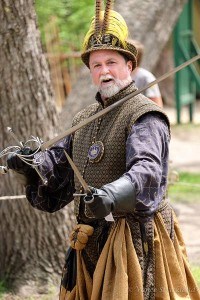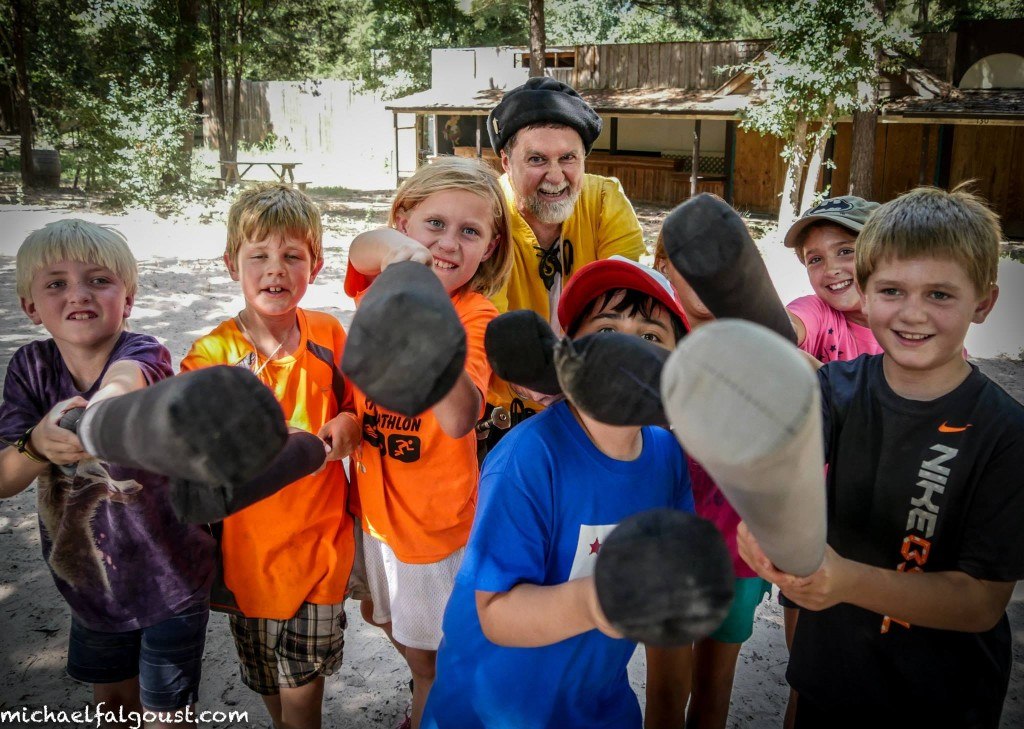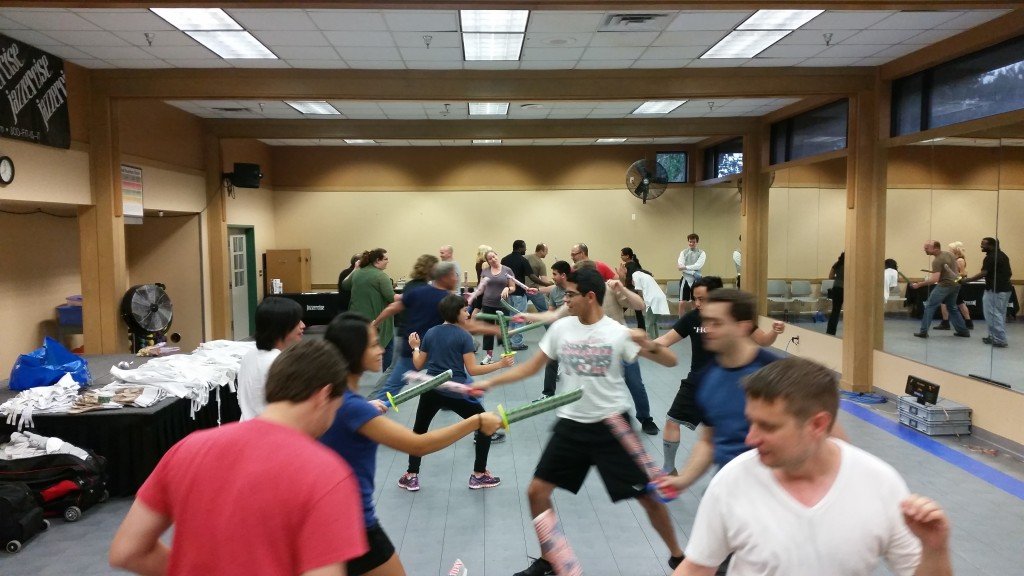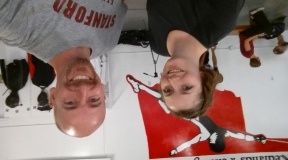History of the Sword, October 29
Join us for a lesson of the sword from a different time and place…
Oskar Hasselhoff, The German Master of Defense, is coming to Houston Sword Sports to demonstrate the use of the weapons used in ancient Europe. Master Hasselhoff will have a selection of the swords that were used before the modern art of Fencing was created and where a lot of this art came from. Oskar will explain the types of weapons and demonstrate their use in a fun and informative way.
Hailing from Germany, Oskar Hasselhoff ( also known as “The Lion Of Dresden”) is a professional fighter and host of various combat tournaments. He is also the author of the best selling fight manual, “Grab Them by the Crotch and Throw Them out the Window”. In his time he has instructed thousands in the ways of swordplay and stands ready to teach you. Oskar has been featured at the Texas Renaissance Festival, Scarborough Faire (Dallas area), Sherwood Forest Fair (Austin area) as well as several schools of all age groups. “I do what I can to support violence in the neighborhood,” says Oskar.
Vital details:
October 29
Bellaire Rec Center, 7008 5th St, Bellaire 77401
6:00-7:00 – Kids 8-18
7:30-8:00 – Adults 18+
$20 for HSS members and guests
$25 for nonmembers
Register below (you will need to create a profile) or email liz@houstonswordsports.com








